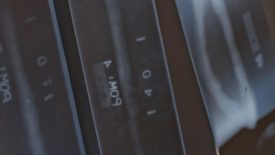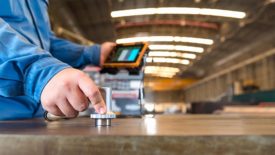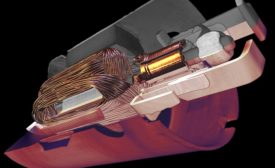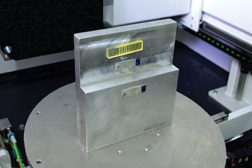Home » Keywords: » digital radiography
Items Tagged with 'digital radiography'
ARTICLES
NDT | Radiography
It is essential to have additional formal training to understand key image quality requirements.
Read More
Test & Inspection
How a Shrinking Workforce Affects Testing and Inspection in NDT
As the pandemic and advances in technology impact the field, education and training remain paramount — especially for newcomers.
December 30, 2022
Computed Tomography’s Role
Accelerating time to market and improving profitability
March 3, 2021
Test & Inspection
Digital Radiography for Aviation and Aerospace
The conversion from X-ray film technology to digital inspection systems eliminates cost-intensive film procurement and storage.
November 22, 2013
Stay in the know with Quality’s comprehensive coverage of
the manufacturing and metrology industries.
eNewsletter | Website | eMagazine
JOIN TODAY!Copyright ©2024. All Rights Reserved BNP Media.
Design, CMS, Hosting & Web Development :: ePublishing




